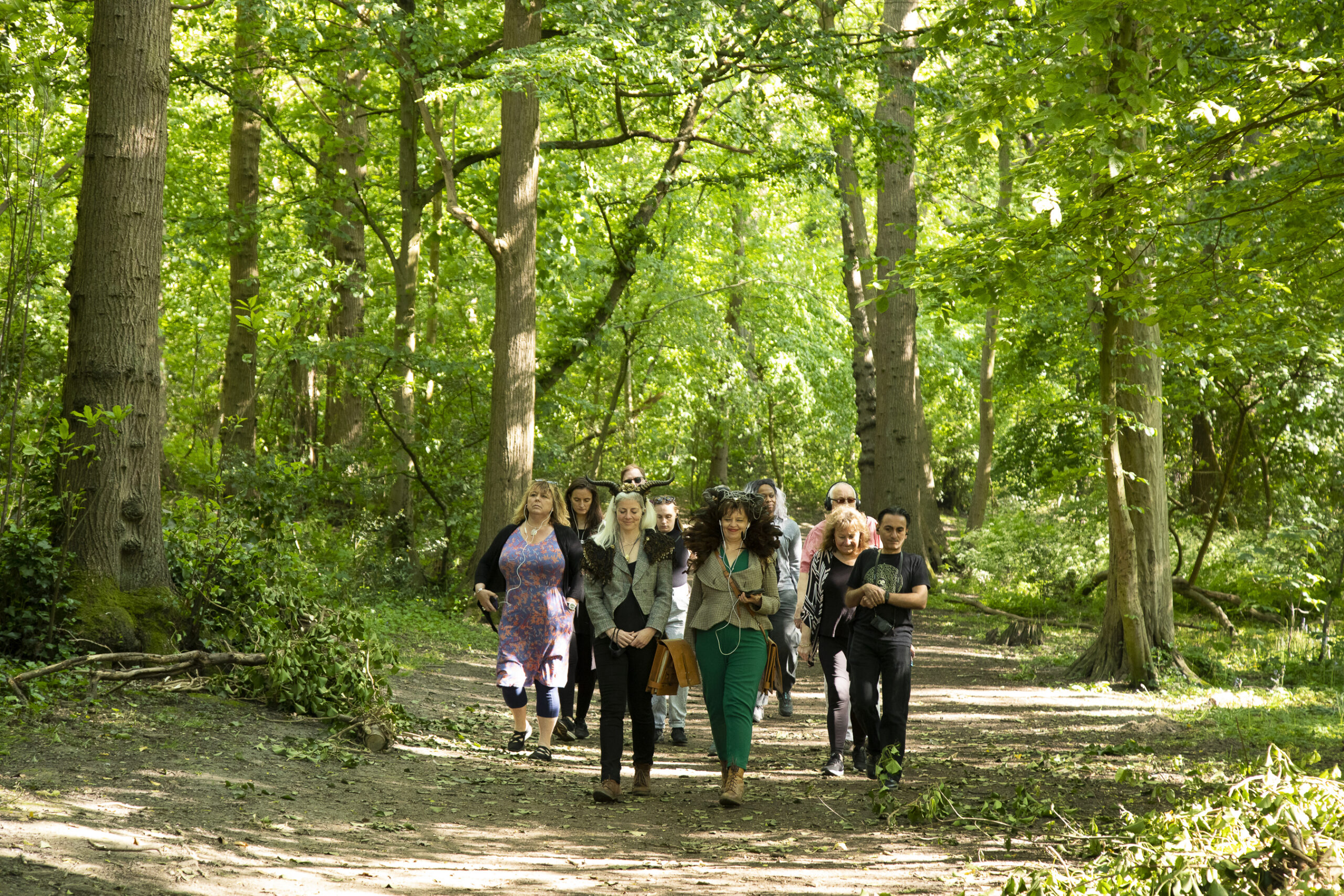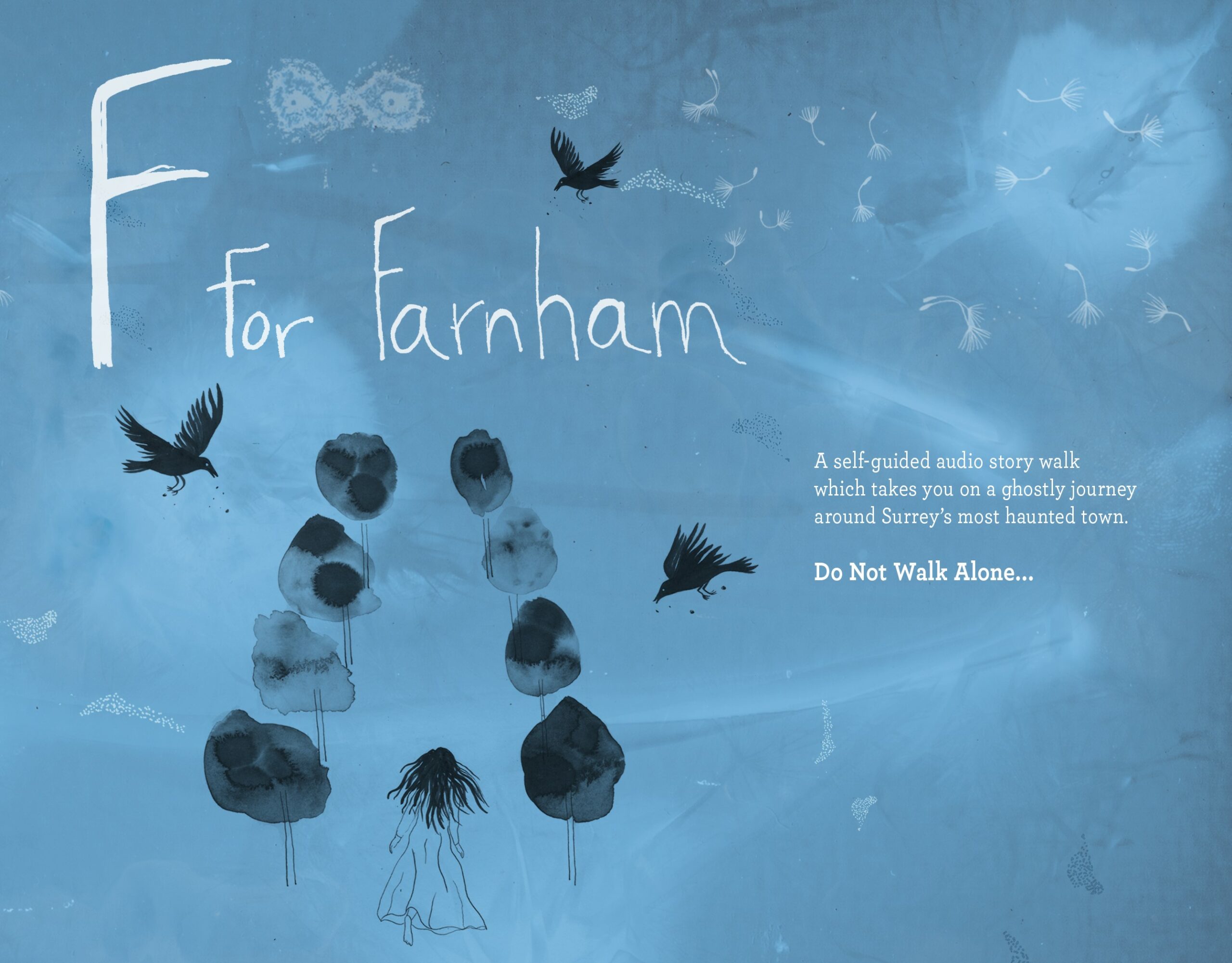Join writers Sophie Austin and Bernadette Russell and let us take you on a wild walk through the ancient woodland of Lesnes Abbey Woods, a short walk from Abbey Wood train station in London.
On Sunday 26th March we will gather at 3pm to walk and listen to Lore of the Wild, our pre-recorded audio stories – magical and transporting tales from Crow, Fox, Fungi, Fire and even the wild wind herself.
We will listen on smartphones or via mp3 players and after each story there will be a moment to share some hopes and dreams for the Spring.
This will be the perfect opportunity to acknowledge the shifting seasons, bring friends, family or come on your own, for a calm, joyful breath of fresh air.


